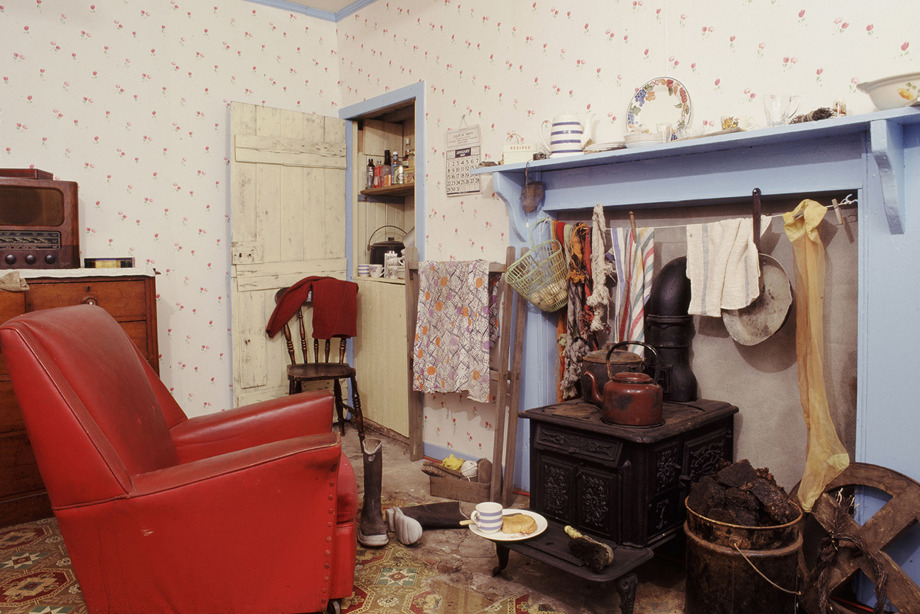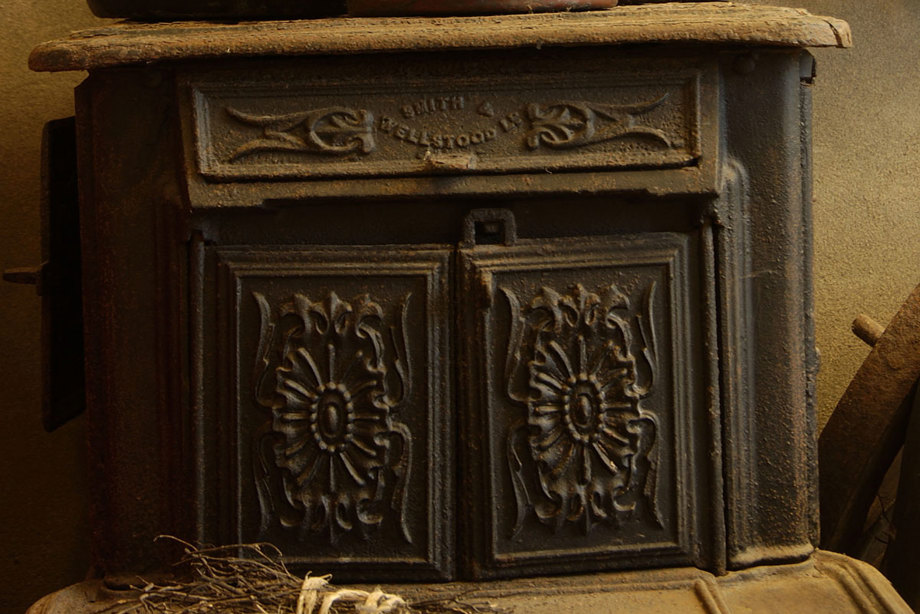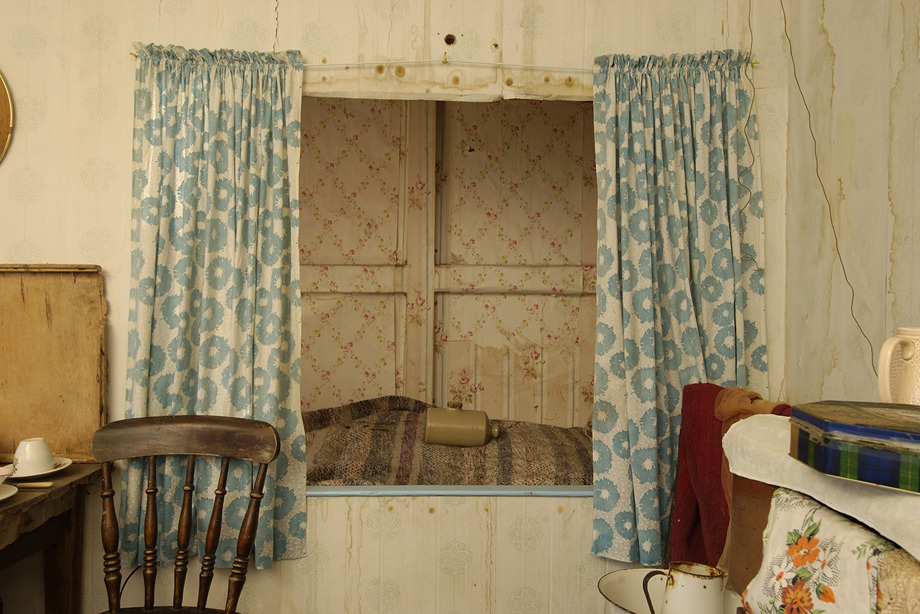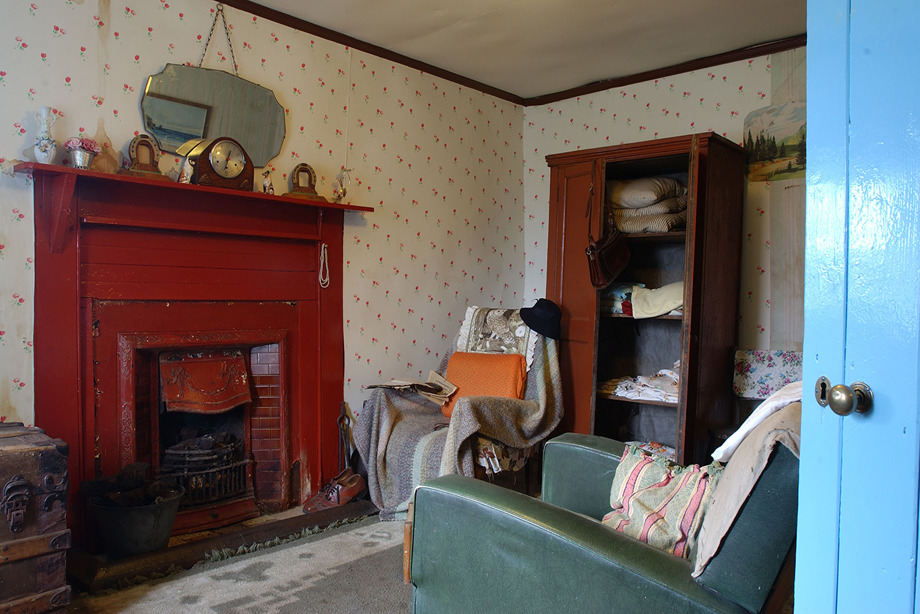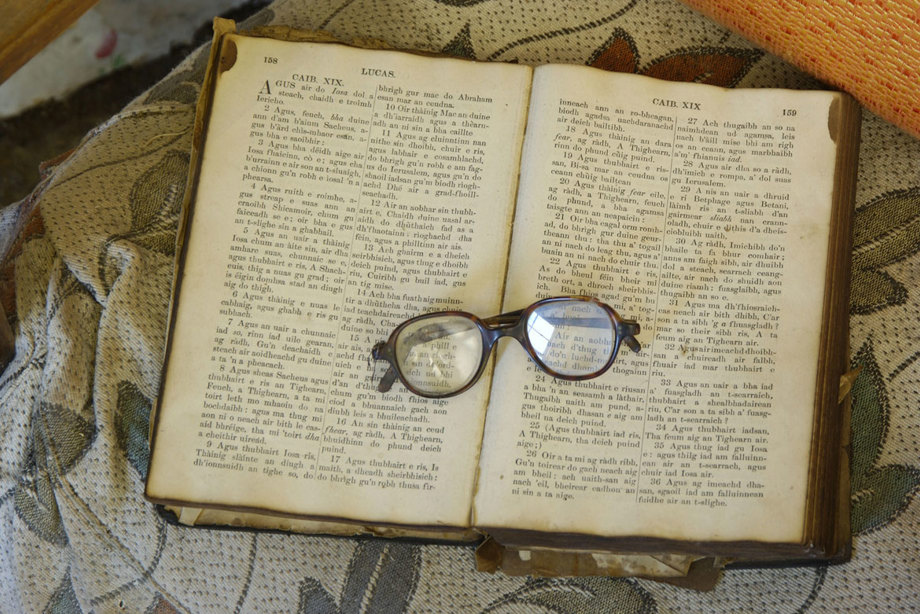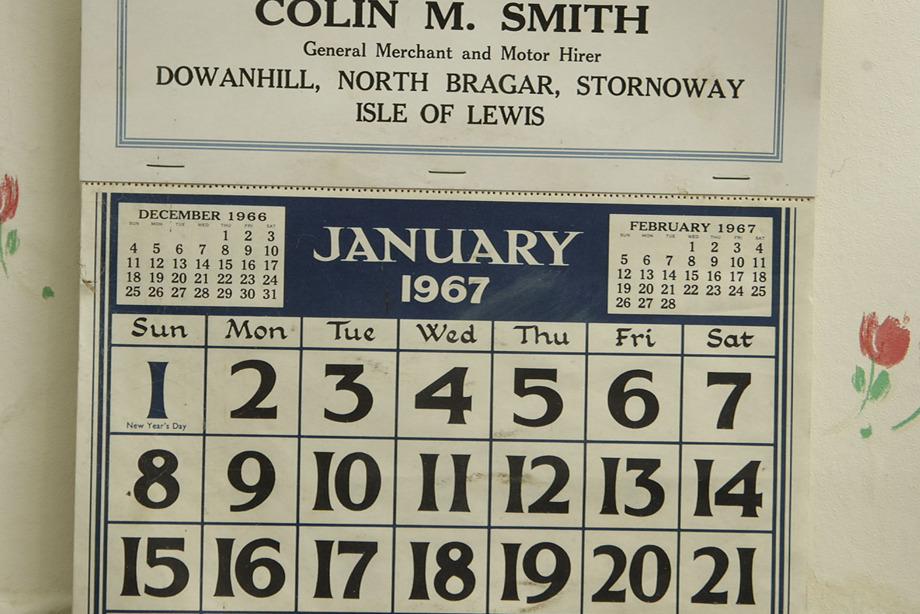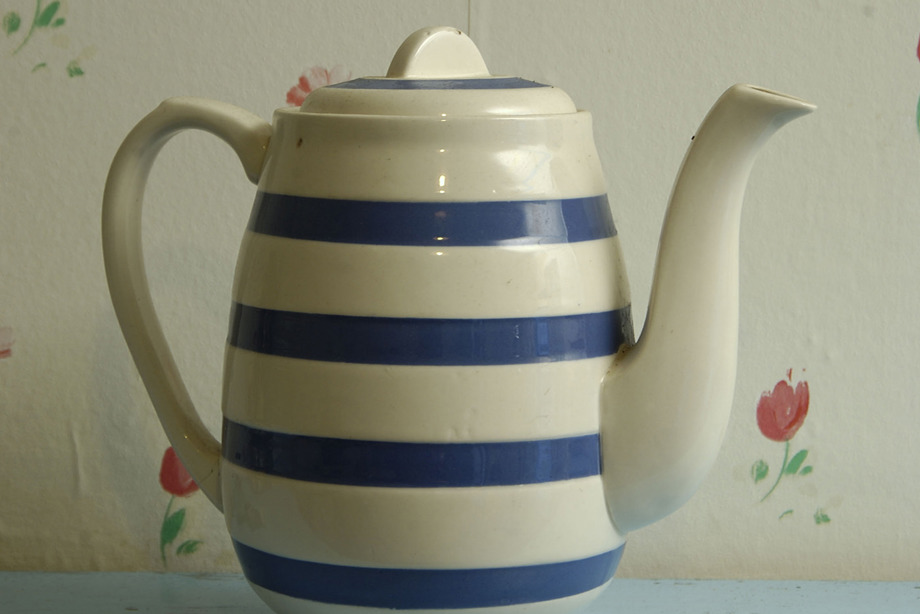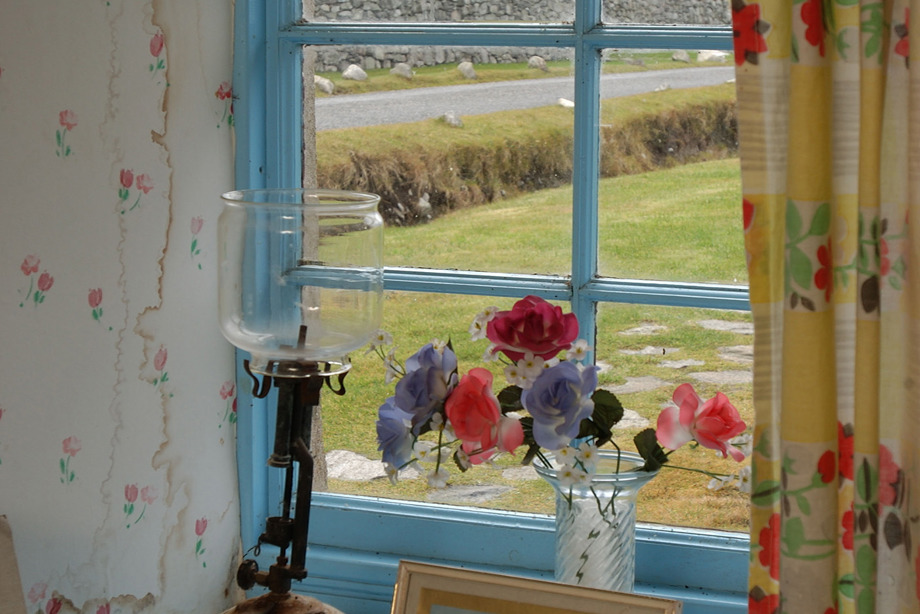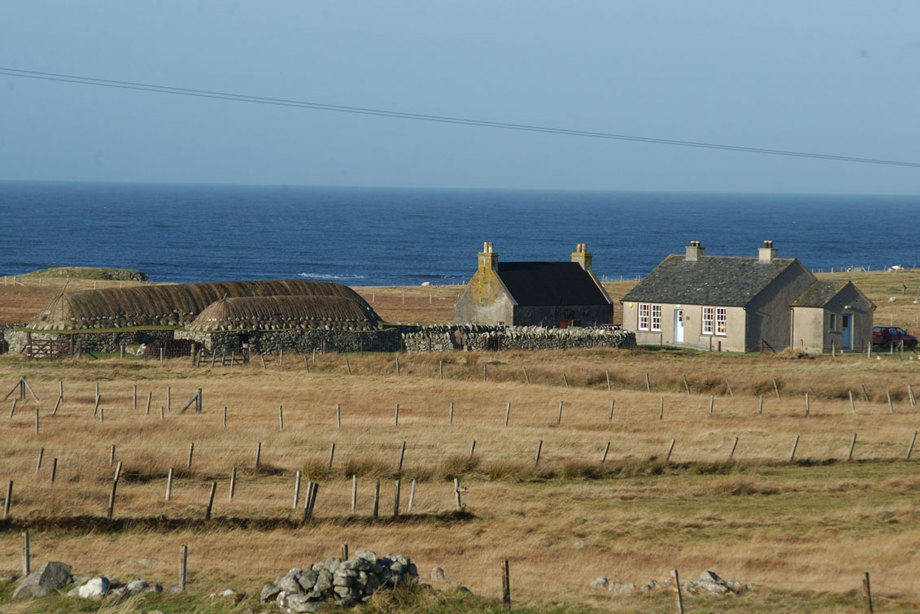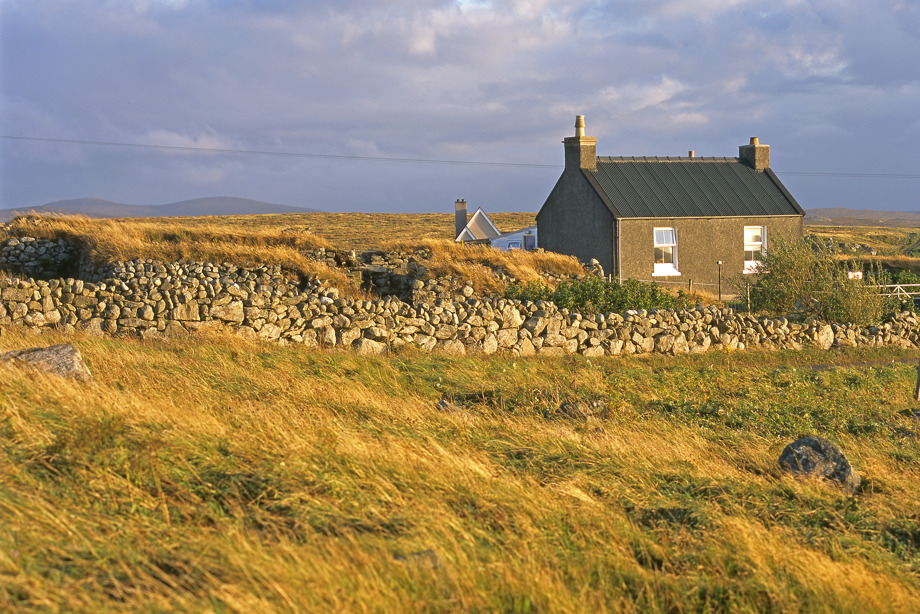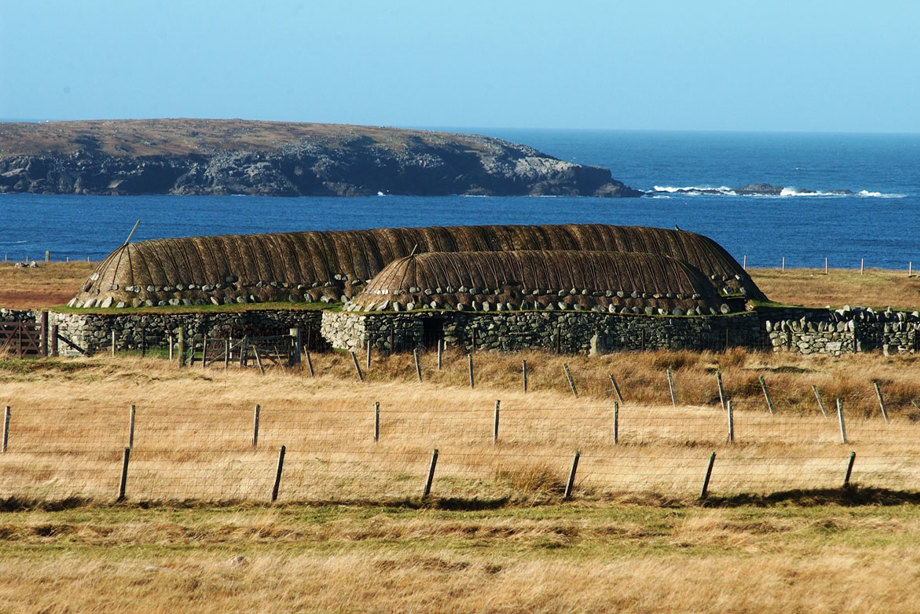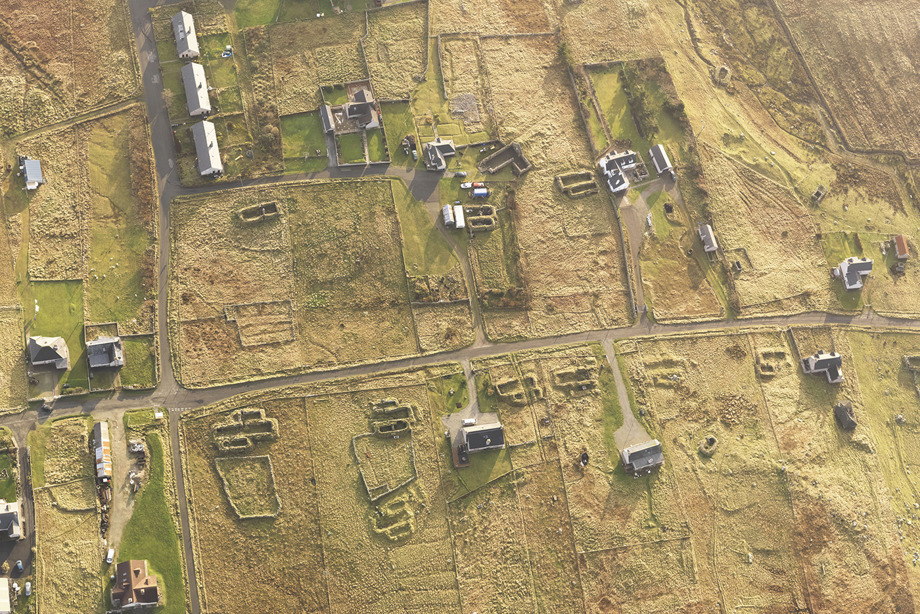Step inside the crofter’s house at no. 39 Arnol and glimpse into the traditional crofting lifestyle of the Western Isles.
This crofting settlement on Lewis is one of the best-preserved examples of domestic island life during the 19th and 20th centuries and is today protected as a scheduled monument and cared for by Historic Environment Scotland. Crofting communities were created as part of a movement of agricultural improvements in the late 1700s. They functioned as a popular way of giving tenant farmers exclusive access to their own land or croft, as well as creating areas for the shared grazing of animals.
The croft house at no. 39 was built in the 1920s and its design reflects the interdependencies between the land and the island communities. Every part of the way of life for the families who lived on Lewis was influenced by seasonal cycles and the rhythms of agriculture.
“B’ àm dol chun na h-àirigh an t-àm a b’ fheàrr sa bhliadhna air an tuath... àm na leapa-fraoich fhallain agus na dòighean-beatha fhallain ... oiteag na mòintich agus blàths na grèine ... gruth agus uachdar a’ bhainne.”
"The time of heading to the sheiling was the best time of the year … time of the fresh heather beds and of a healthy lifestyle … wisps of the moorland wind and the warmth of the sun … and crowdie and cream of milk."
Kitchen, 2005
With its restored décor and some original furnishings, visitors to the inside of no. 39 will see a home paused in the late 1960s. A pair of muddy boots are casually cast aside near a deep armchair and it’s easy to imagine this space as a refuge after a long day of work outside.
Though only small, a wide range of household functions took place in crofts’ kitchens alongside socialising and exchanging news with family and neighbours.
Kitchen stove, 2005
As with many crofting houses, the focus of the kitchen is the stove. The stove would not only have created a warm spot to relax by, it was also an essential appliance for necessary household chores including boiling tea and drying laundry.
In addition to being a durable and essential object, this cast iron kitchen stove is also decorated with floral mouldings. The over-sized kettle and cooking pots would have allowed for the preparation of big and hearty meals for the residents at no.39 as well as other families from the crofting community in Arnol.
Box bed, 2005
Traditional box beds like this one were built into the fabric of homes like no. 39. Box beds were designed this way to retain as much heat as possible and these small spaces may have accommodated more than two members of the household at a time.
While it’s rare to see one in a building from the 1920s, it’s likely that this was essential for the long, harsh winters on the Western Isles.
Living room, 2005
The living room at no. 39 is a more formal space, with a decorative cast iron fireplace and its imposing wooden surround.
But these features don’t lessen the feel of the room as a practical and comfortable space. It’s easy to imagine someone cracking-open the linen cupboard to pull out an extra few blankets for the evening, or flopping into one of those blanket-covered armchairs.
Blankets on Lewis were often made from wool sheared from the island’s sheep, hand-spun into yarn and woven in a weaving shed or repurposed blackhouse, which had been the original dwellings on Lewis.
Glasses resting on a Gaelic Bible, 2005
Religion was, and remains, an important feature of life in the Western Isles. Christianity was introduced to the area by the religious order of St Columba around 600AD and has formed an integral part of community life ever since.
Gaelic versions of the Bible were available from the late 1700s onwards and have played an important role in keeping the Gaelic language and culture alive.
Calendar, 2005
Hanging on a floral wall, this complimentary calendar from the local shop keeper Colin M Smith dates the interior of no.39 to the 1960s. Though the building was occupied until 1976, the calendar page remains open on January 1967.
The white house came into the care of Historic Environment Scotland in 1996. It is now preserved as a scheduled monument, meaning that little change is allowed to happen without permission. Thanks to these protections, no. 39 is a relatively untouched snapshot of life in 1960s Lewis.
Teapot, 2005
An everyday element of island life, this teapot is another lovely remnant from the mid-20th century to be found inside no. 39.
Where its cheery bright blue and white stripes could be a fashion item in a modern country kitchen today, teapots like this were valued, if basic, objects for island communities. To ship items or luxuries to Scotland’s islands can expensive today and was even more so in the early 20th century. Instead, products were often locally made and used and mended until they wore out.
White house window, 2005
Peering through the panes of glass of no.39, we get a glimpse of a neighbouring blackhouse, or 'taigh-dubh' in Gaelic.
Blackhouses were typically low-set, thatched buildings with little natural light. More modern white houses, or ‘taigh-geal’, like no. 39, replaced many blackhouses around the 1920s.
This cheerful and bright window display, painted baby-blue and decorated with floral textiles and flowers, was a sharp contrast with the dark traditional blackhouse interiors next door.
Blackhouses and white houses at Arnol, 2005
A different type of house appeared on Arnol when new health regulations required that houses should include separation walls between people’s living spaces and spaces for the keeping of animals. White houses like no. 39 grew up around blackhouses, the more traditional style of crofter’s home on Lewis.
Many Hebridean blackhouses were used as homes through to the 1960s, but none are in use today. No. 42 Arnol is all that remains of a vanished way of life, replaced with more modern dwellings like no. 39, offering sanitary conditions, higher ceilings and good ventilation for its occupants.
Arnol croft houses, 2011
When viewed from above, it’s easy to see the arrangement of croft houses, both blackhouses and white houses, and the land parcels they’re interlinked with.
The human influence on Arnol’s intensively cultivated landscape can be traced over generations. The crofting settlement was occupied by several families and there would have been a strong focus on the local community.
Great Scottish Interiors continued
Step inside another of Scotland's fascinating 19th and 20th century homes.

